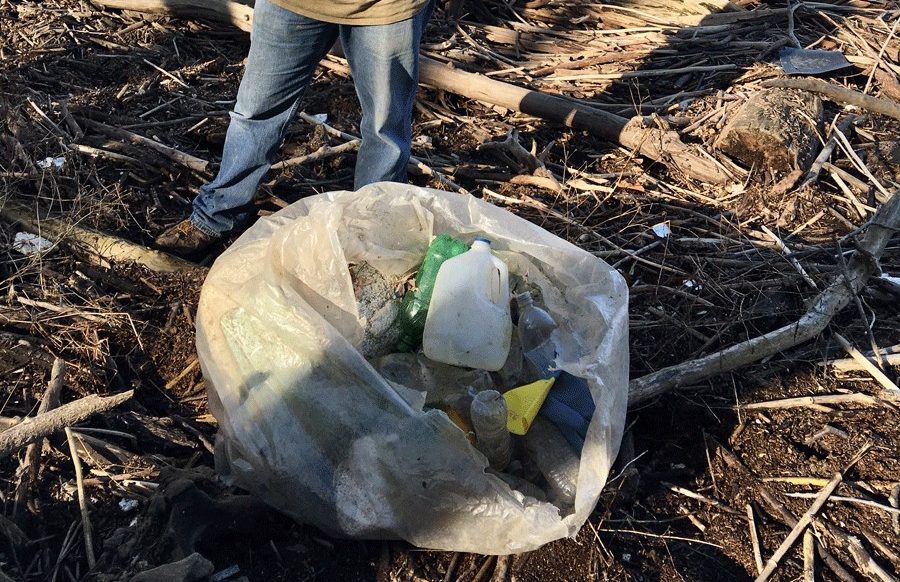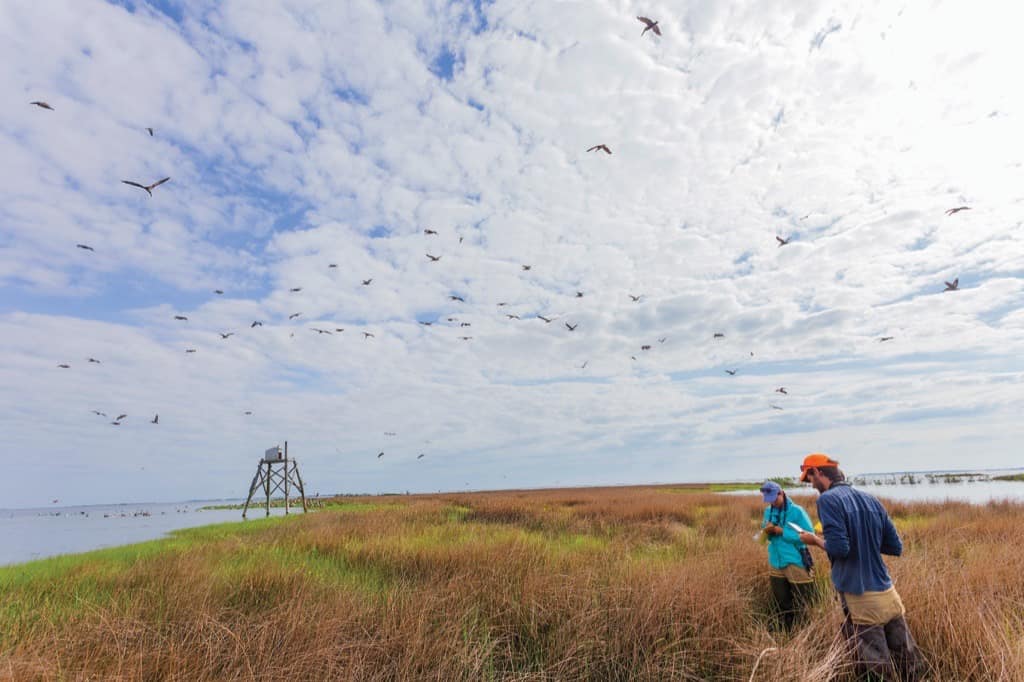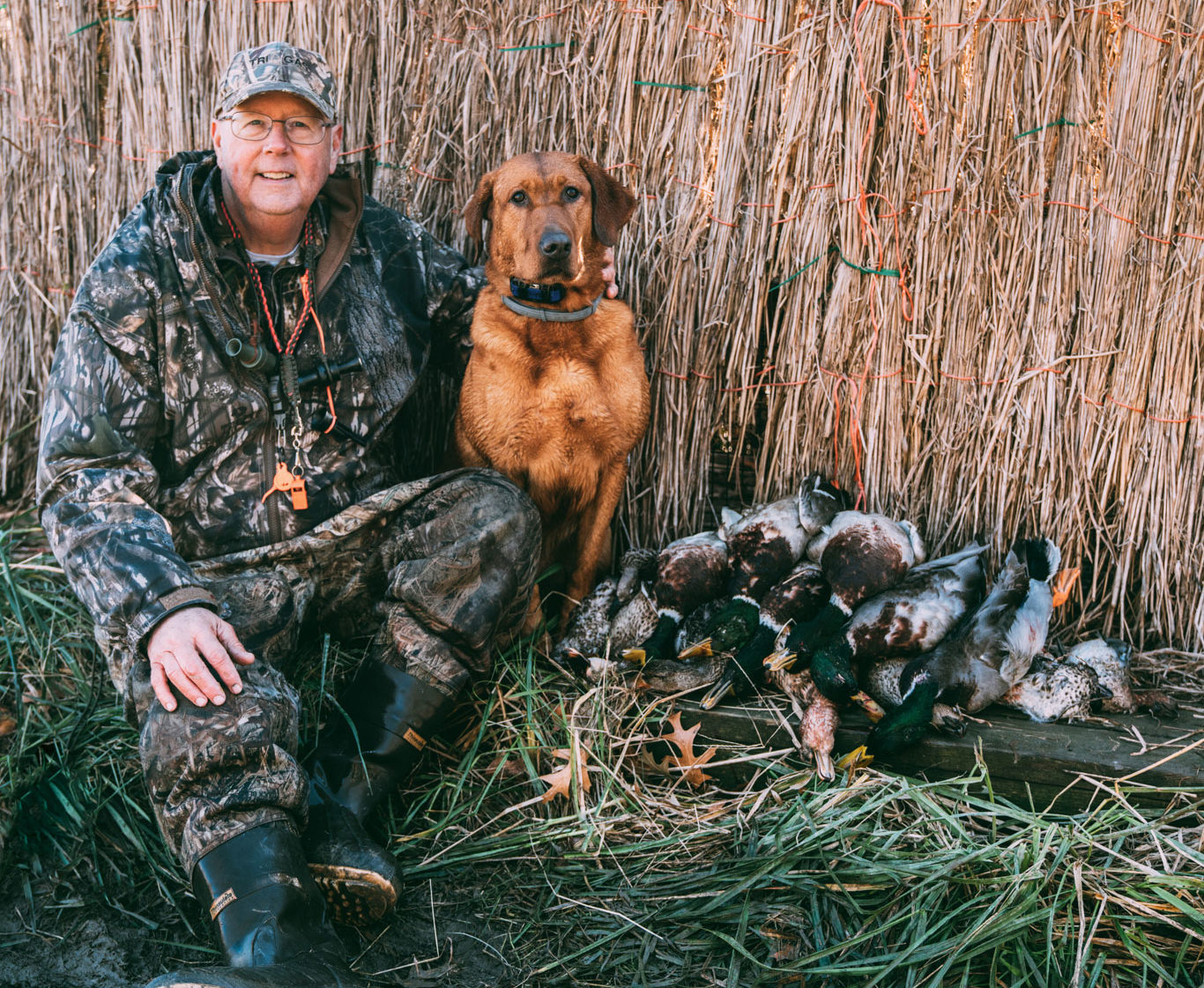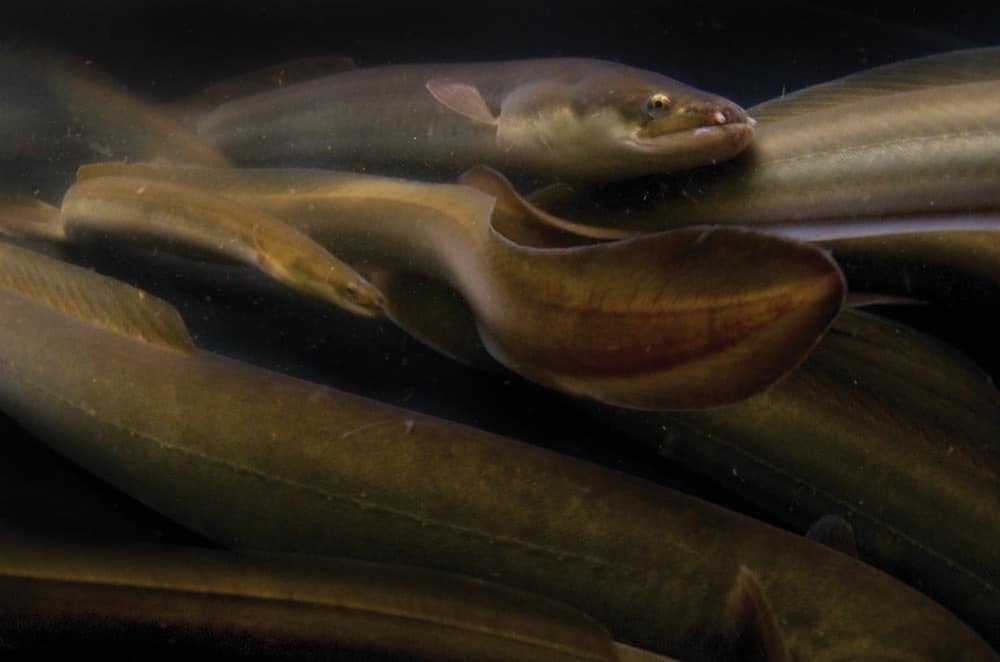Reduce, reuse, recycle & retweet.
John Naylor brings his own mug to Starbucks. It’s not the five percent discount that motivates him; it’s the principle. In fact, if you’re behind Naylor at a Starbucks and you have your own mug, he’ll buy your coffee, too.
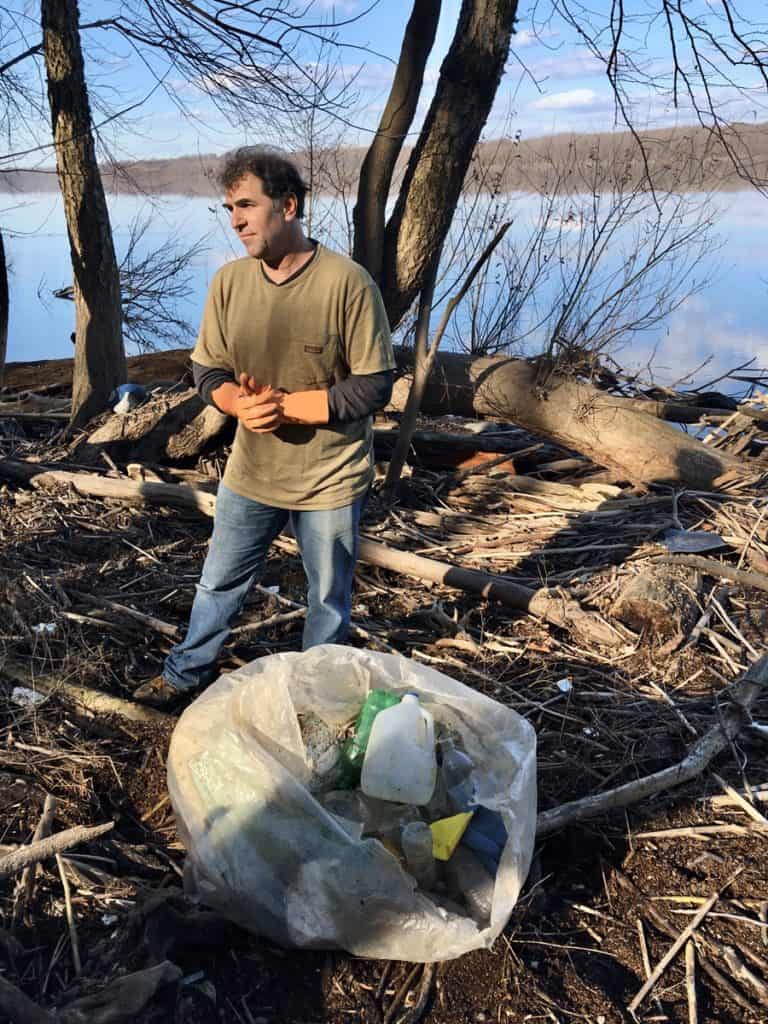
Naylor is on a self-appointed quest to rid his town (York, Pa.) and his river (the Susquehanna) of single-use plastics. Part of his method is campaigning for social change at places like his work, which happens to be the Starbucks roasting plant outside of town, and the other part is picking, as in picking up trash. Naylor collects litter from the banks of the Susquehanna, focusing mostly on single-use plastics (yes, there is so much trash that one can declare a specialty and still be overwhelmed). Under the Instagram handle @Susquehanna_Plastic_Pickn_1000, he posts photos of his picks online. Usually he tries to arrange the trash artistically—a rainbow of bottle caps among discarded lighters lined up on the bed of his teal-green truck—and he always includes his totals for the day, the year, and everything since he started the account in early 2017. When I met Naylor on a mild January day, he was at a total of 8,831 single-use plastics picked.
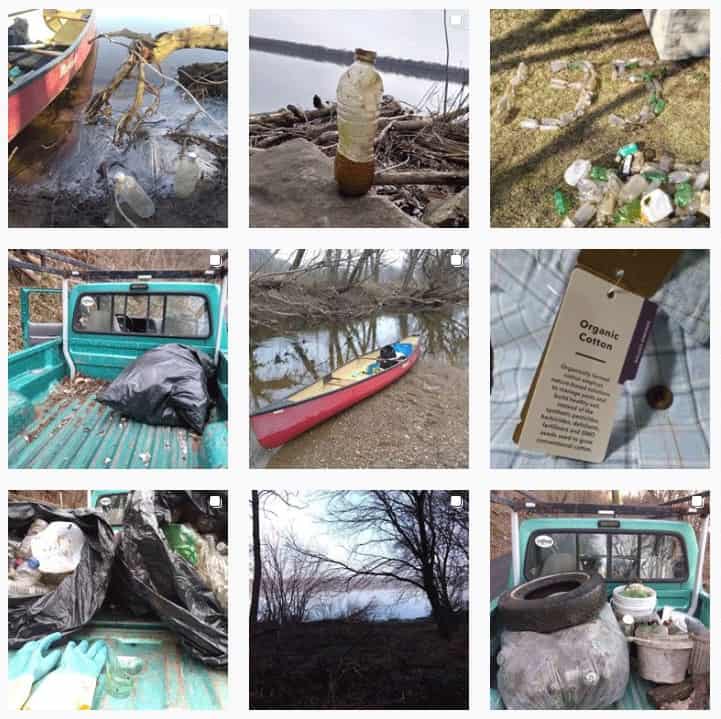
I volunteered to go picking with Naylor to learn more about his mission. On our way to the river, he bounced around from one topic to the other, petrochemicals to politics. But he kept returning to the people who inspired him. There was his dad, a Depression-era York native who taught him that the Chesapeake Bay was “something to love and cherish.” There was Rachel Carson, of course, but also Jackson Browne. George Carlin is a hero. On the console between us were the books Naylor had brought to teach me about the history of the Susquehanna—what he calls the “workhorse of the country” and the “mother of the Chesapeake”—as well as the insidiousness of plastic and microplastics. When we stopped, he laid the books out on the hood of his truck and read for me the parts he had underlined.
Then it was time for the dirty work. Literally. The banks of the Susquehanna River are a study in human refuse. Barrels come undone from floating docks. Water bottles and liquor bottles and baby bottles. An impressive assortment of dog balls. And lots of flip flops. Most of this stuff comes from miles upstream.
“This is the last chance for us to get it before it gets to the Bay,” Naylor said.
As we picked, we counted out loud, to make sure we recorded our total for the day. This turned the undesirable work of tromping around in flotsam into something like a game. A depressing game. Naylor told me to dump out the contents of the containers whenever possible, to make recycling them more likely.
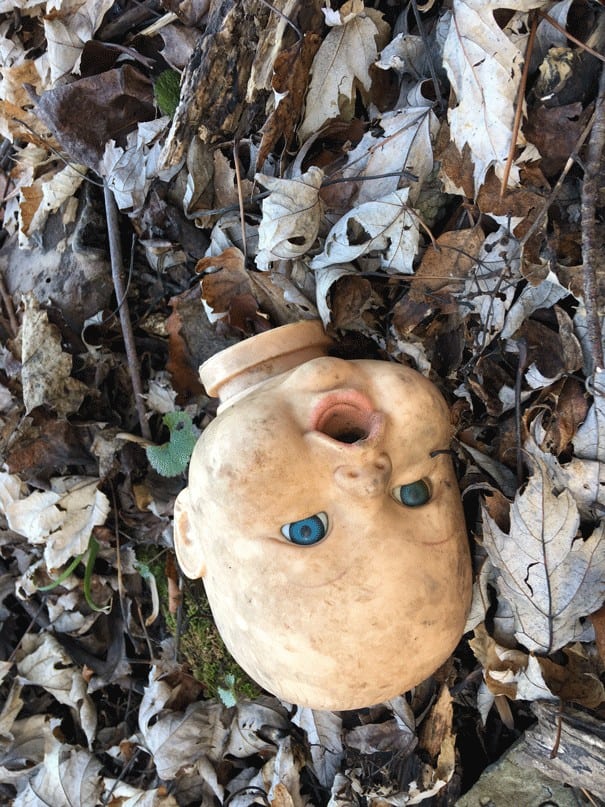
“Except these ones,” he said, holding up a bottle full of nuclear-orange liquid.
“Why, what is that? I asked, expecting to hear the name of chemical or car fluid.
“This is urine. We call these trucker-bombs.”
I make a mental note.
Naylor is singular for sure, but hardly alone in his online advocacy. Last year, an Arizona man issued a challenge to his Facebook followers, encouraging them to clean up an area in their town and then post a before-and-after photo, using the hashtag #trashtag to flag it. The post went viral (to date it’s been shared 340,000 times), and people all over the world took him up on the dare. Search among the 150,000 photos with the hashtag on Instagram, and you’ll find Russians pulling beer bottles from the snow and sea-turtle lovers culling plastic from the beaches of Ibiza. You’ll find accounts, like Naylor’s, dedicated to picking up trash in one place. @Chicago_picker uses a luggage scale to weigh his buckets of litter in front of iconic Windy City buildings. @CleanupKassel offers an enticing stream of German candy wrappers. There are accounts about picking up trash on hiking trails,
and “plogging”—picking up trash while jogging.
Locally, Baltimore is well-represented by online litter warriors such as our very own Mr. Trash Wheel who leads the charge with 20,000 Twitter followers. This googly-eyed jokester is such a vocal proponent of litter control in the city, it’s hard to remember that he is a machine. But there are others. In 2018, Trash Free Maryland piloted the Less Litter, BMore Pickers campaign, which recruited residents to clean up their neighborhoods and post about it online, using the hashtag #LessLitterBMore. Ashley Van Stone, outgoing executive director of the non-profit, says the program incorporated the online component “in order to normalize the behavior and encourage more to join in the effort to pick up litter.” Participants found that posting online facilitated conversations about the problem and that many, “met neighbors for the first time or received commitments to join them the next time,” according to Van Stone.
There are lots of environmental causes to get behind in the Mid-Atlantic, but battling litter is among the most important. The Chesapeake Bay Program has identified microplastics as a contaminant of mounting concern. While work is still being done to determine the impact of microplastics on animals, habitat, and water quality, scientists are certain that we need to curb the flow of plastic into local waterways for the health of the planet.
Naylor is doing his best, online and off. He says the utility bills in his 1905 duplex average about $20 and he’s never owned a clothes dryer. His truck has 277,000 miles on it, and he rarely leaves home without coming back with trash in its bed. When I pulled out a snack of fig bars, he pointed to the wrapper and said: “Single-use plastic,” and I’m chagrined to admit I hadn’t even noticed.
On the way back to the city, I asked Naylor if he ever gets discouraged.
“The Instagram account creates some buoyancy for me. For when I feel defeated,” he said. Naylor hopes that his photos will start conversations about single-use plastics and encourage others to get outside and pick up litter.
Just watch out for the trucker bombs.

